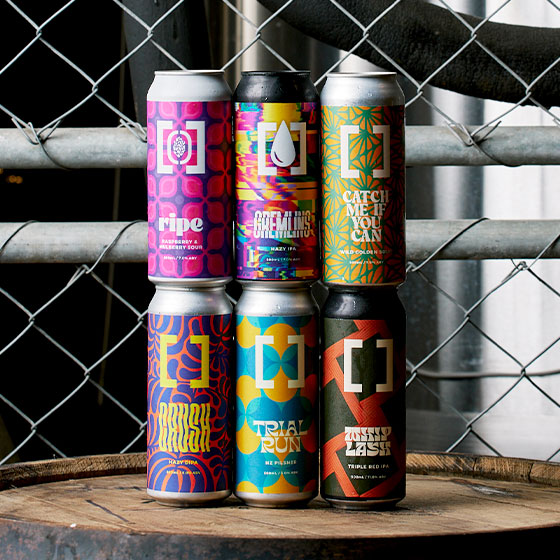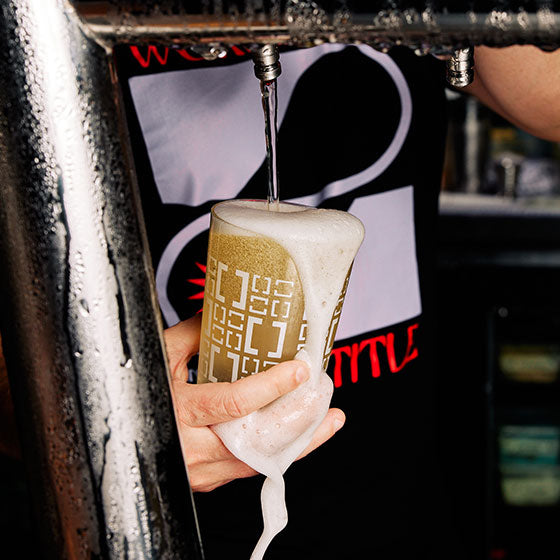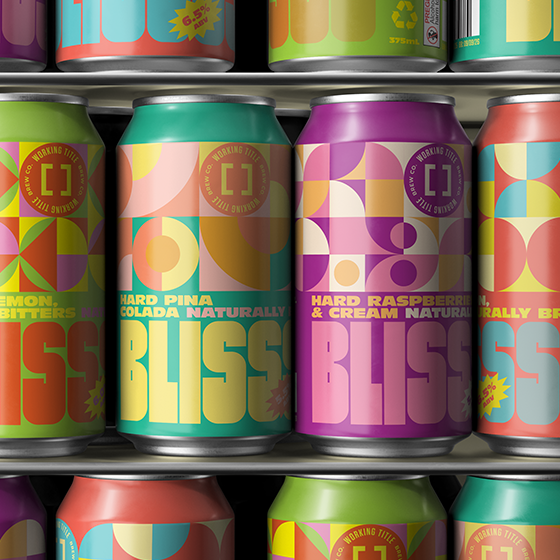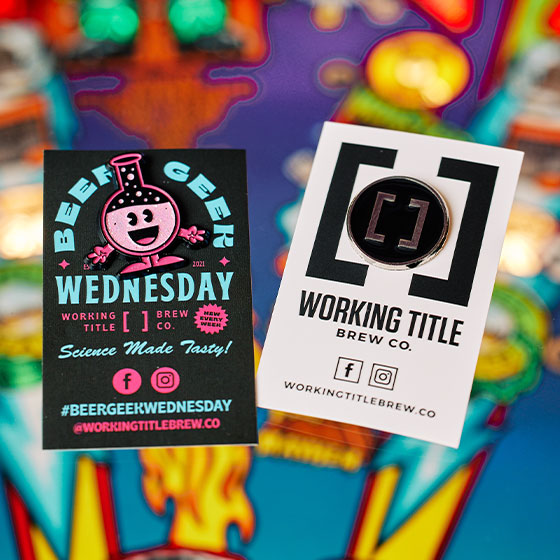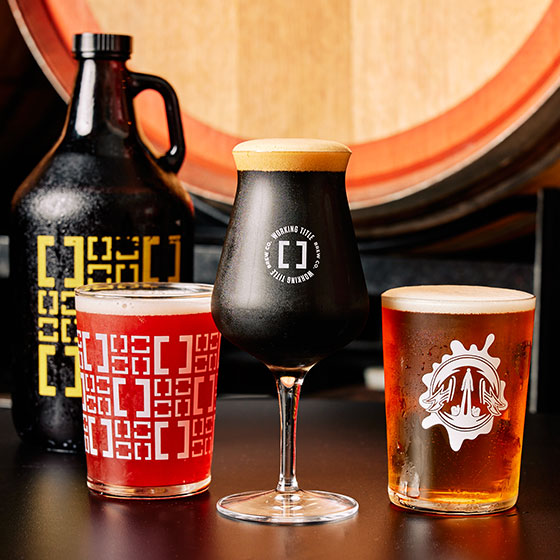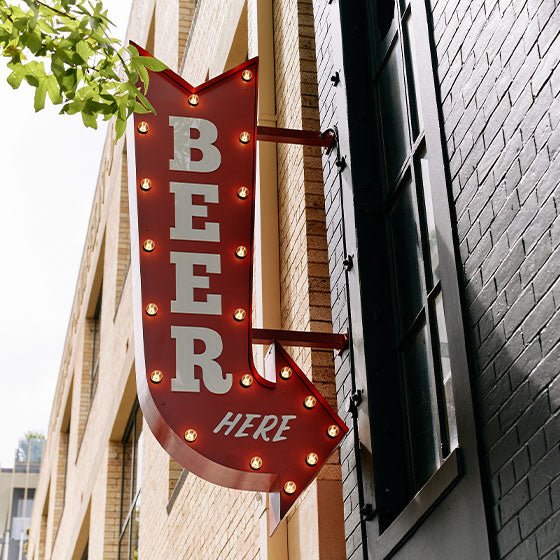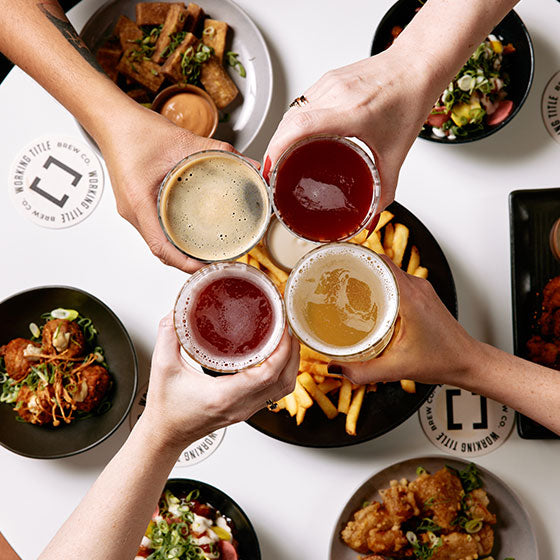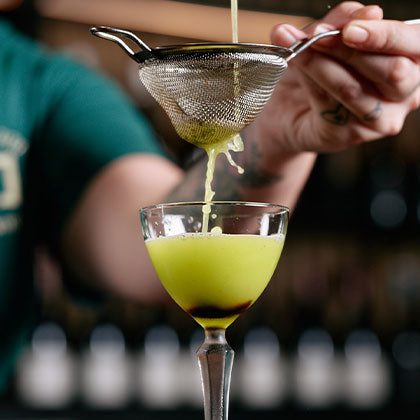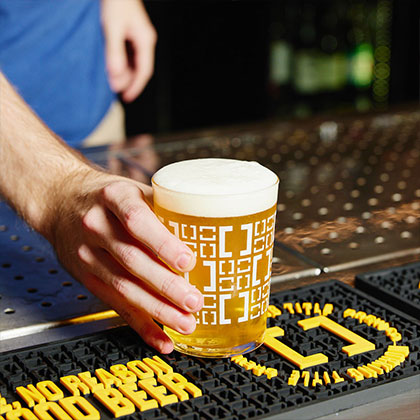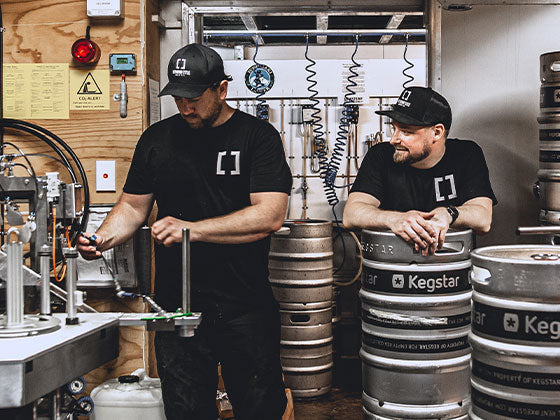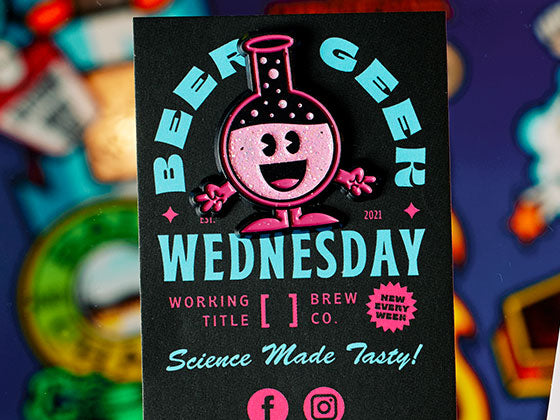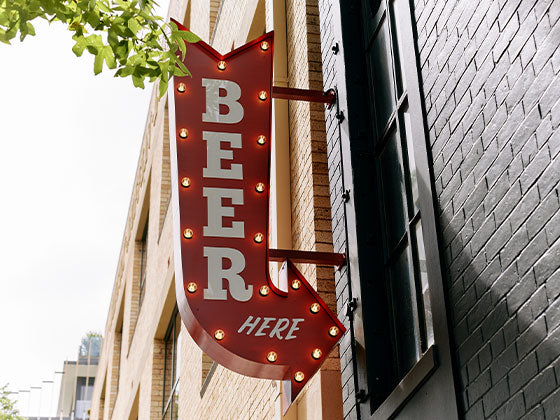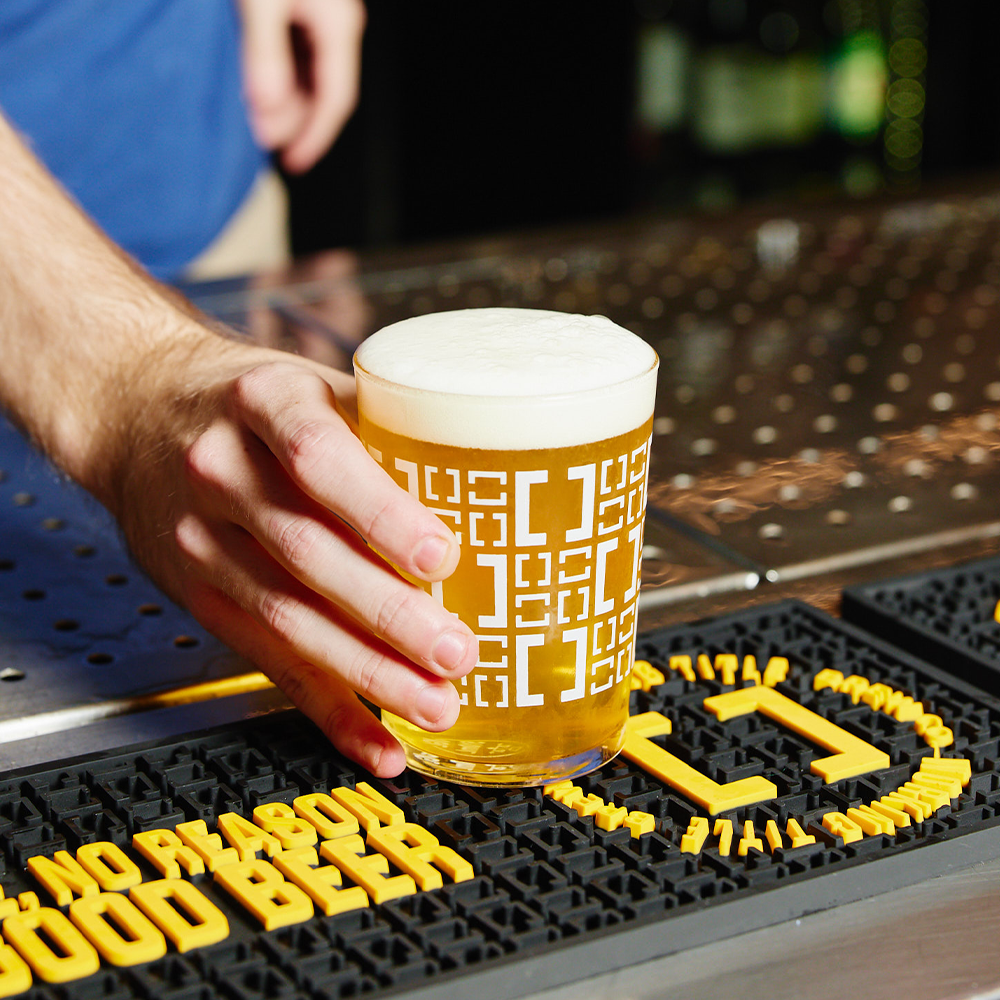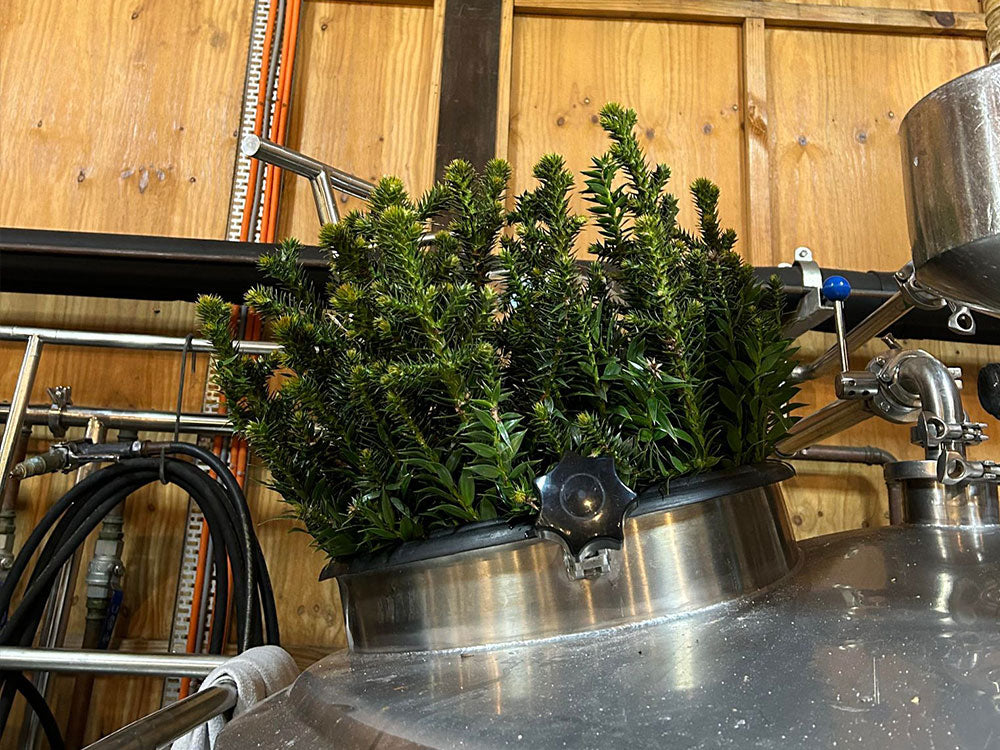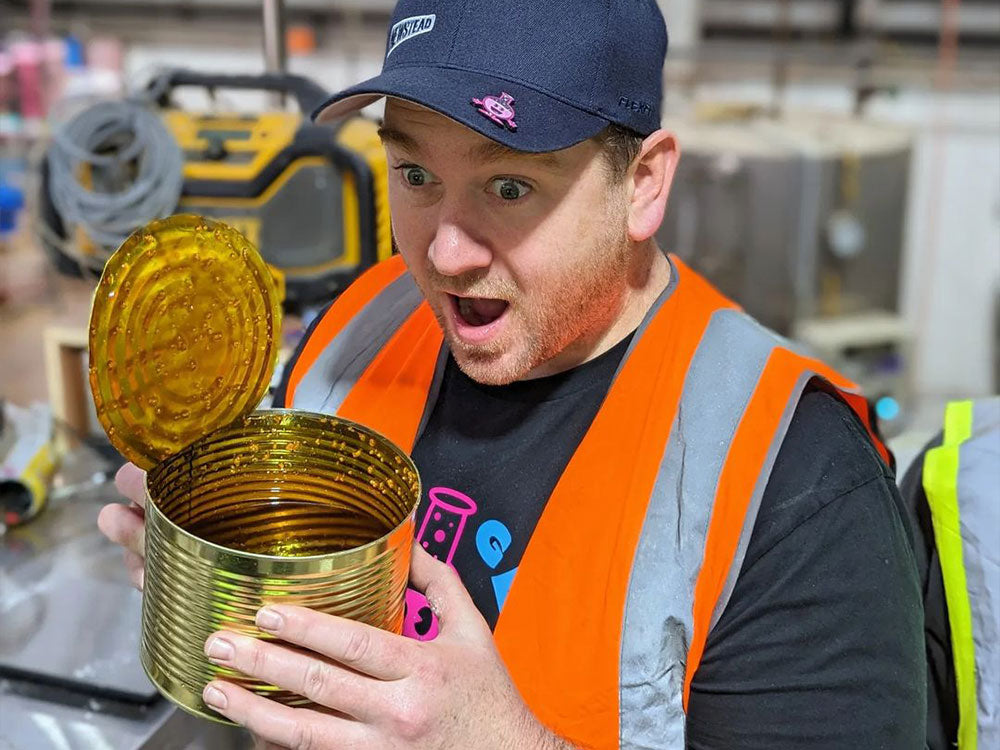Made with honey from the roof, thanks to the legends at @hoodlum_honey, the mead is all natural; using native yeast from the hive and free range Brisbane water. This batch fermented fully bone dry, like 0.996 SG. And tasty as it is, we know you guys are all about the sugars. So the question was “how to back sweeten and keep the product stable, even stable enough for packing”.
I’m the first to admit my technical brewing knowledge is very limited. So a big thank you to @manwithnobeer for helping out with this one.
There are many different ways to filter a beer or bee derived product. From the old DE systems, through various physical chemistry methods to centrifugation. Today we are talking cartridge filters. Somewhat, sorta, kinda akin to lenticular systems, cartridges rely on a microporous, pleated membrane made from cellulose. They can be nominal or absolutely graded, depending on the application, and this helps to understand what is captured by, or passes through the membrane.
So, knowing that we want real honey to back sweeten this session mead, creating the perfect environment for refermentation, we used absolute filter cartridges of grades 10 microns, followed by 0.65 microns. Not quite small enough to capture every bacterial cell, but definitely capturing yeast cells. I left the alcohol and very low pH to keep the beer free from the vast majority of bacteria.
The actual filtration was pretty straightforward. Cartridges are held within a fabricated, pressure housing. They are heat sanitised and by keeping the differential pressure low between units, we can asses the load each cartridge is carrying. The 10ums went in one housing with the 0.65um in a seperate housing, downstream.
“Why didn’t we use a centrifuge” you may ask? And the answer is simple, we are very pov. But centrifuges are amazing and sound like a BGW for another time.

